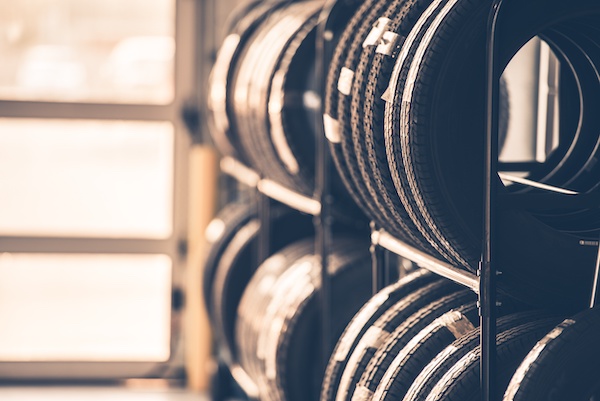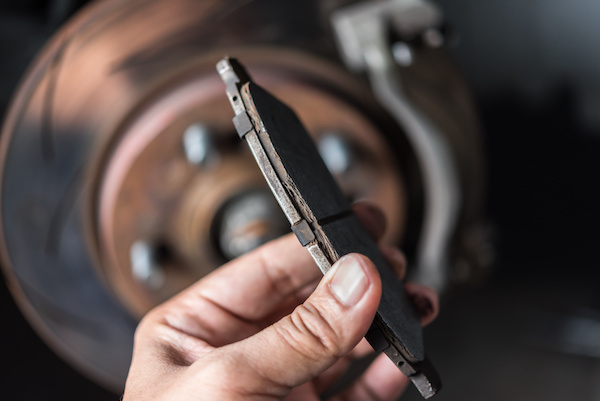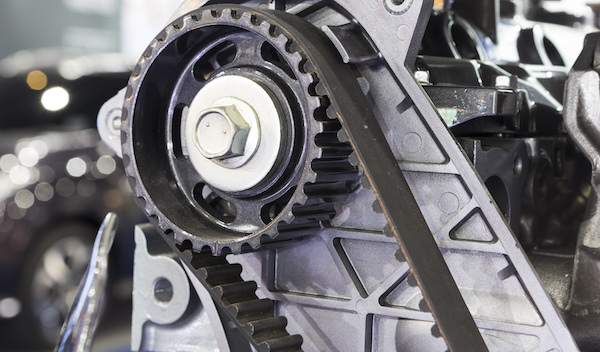Posted on 9/29/2022

Taking care of your vehicle is one thing but taking care of its tires is another. Tire maintenance is a significant investment that comes with lots of benefits. With proper maintenance, car tires last longer, thus improving your vehicle's traction. Some of the benefits include; Improved energy efficiency and fuel saving Enhancing the safety of both you and your passengers Cost saving as there won't be the need for monthly or yearly tire replacement Below, we'll discuss some vital tips for making your vehicle tires last long. 1. Have then rotated regularly Rotating car tires regularly prevents uneven wear and tear of the tire tread. Generally, front tires wear out faster because front tires turn when a vehicle takes a turn, which is why it's essential to rotate the tires once or twice a year or about every 6000 miles. This ensures the front and back tears wear out evenly. 2. Inspect them regularly Vehicle tires can sustain wear and tear or significant damage witho ... read more
Posted on 8/30/2022

Planning is an important part of everyone's life. One part of planning is deciding when things like brake pads should be replaced. Doing it too soon is a waste of money while doing it too late can risk the lives of everyone in the car. So how often should brake pads be replaced? Many factors affect the timeline for when we should change brake pads. The make and model of the vehicle play a key role in the durability of brake pads. Another factor affecting brake durability is how much weight your car carries regularly. If you would like your brakes to last longer, avoid driving past the speed limit and making sudden brakes when driving. Your car also has maintenance guidelines that you should adhere to if you would like your brakes to last you longer. One thing is for sure though there are telltale signs that can alert you to get your brake pads. Here are some of them. 1. Squeaking or squealing every time you hit the brakes Some cars will even squeak before the driver uses the b ... read more
Posted on 7/27/2022

You really don't want your vehicle's timing belt to break. A damaged timing belt can cause expensive engine damage. To avoid this, replace the timing belt at the appropriate mileage intervals. Let's delve deeper into timing belts. Timing Belt Specifications Rubber timing belts have ridges which fit into the camshaft's teeth which then controls the crankshaft and valves. These piston-connected parts turn the camshaft, which opens and closes the valves via the crankshaft and pistons. Why Is It Called a Timing Belt? The timing belt regulates the valve and piston timing. They will collide if they do not open and close when it is their turn in the revolution. A car engine turns at thousands of revolutions per minute, and if the timing is even slightly off, a massive internal collision occurs. Timing Belt Failure When a timing belt fails, you will first hear a lot of noise before your engine completely shuts down, leaving you stranded. Even if you're driving fast on ... read more
Posted on 6/28/2022

Independence Day is days away. Many of you will be swimming, grilling, driving, lighting fireworks, drinking, or all of the above. While these activities are fun, you should know they come with their hazards. Specifically, did you know that the 4th is the most dangerous day for drivers in America? Read on to learn about how you can stay safe and have fun this holiday: Grill Keep children away from the grill. Never leave an open grill unattended. Practice safe food handling, and don’t let any foods sit out in the danger temperature zone for more than two hours. Fireworks Only light fireworks outdoors in a clear area and avoid pointing them towards people or other structures. Have a bucket of water nearby just in case things go wrong. Make sure the person setting off the fireworks is sober. Keep fireworks away from children. Sparklers are okay, but keep an eye out on them. Make sure fireworks are legal in your area before using them. Keep your pets i ... read more
Posted on 5/27/2022

Engine overheating is one of the most common car problems that drivers face this time of year. As a result, it is important for drivers to be able to detect the cues of overheating. If you know what is ahead, then it won't catch you in complete shock. One of the first signs of overheating is smoke or steam coming from under the hood. Another way you can verify that it is overheating is by looking at the temperature gauge. If the temperature gauge reads high, then it means your car is too hot. While these signs may be very alarming, it is crucial that you stay calm. Following the detection of the signs mentioned above, you should first turn your car heater on. While it may seem odd, turning the heat on actually draws the heat away from your car engine. Next, you should find a safe spot to pull over. You turn off the engine as soon as your vehicle is able to stop. Turning off the car allows the engine to cool down quicker.&nbs ... read more